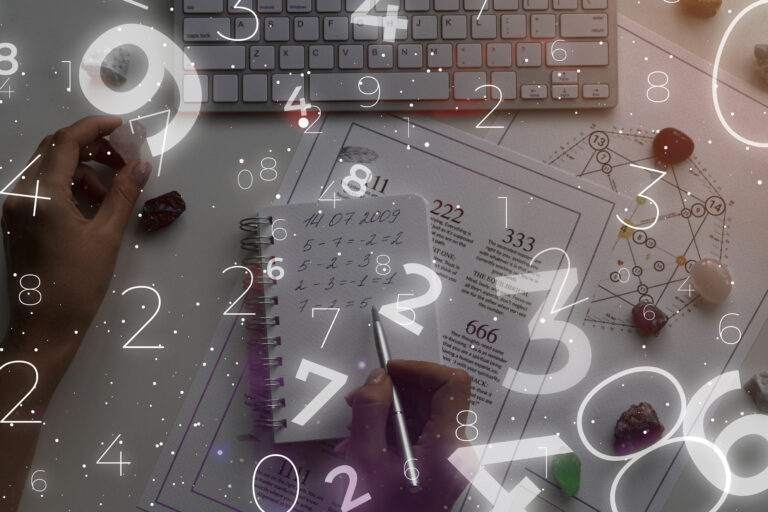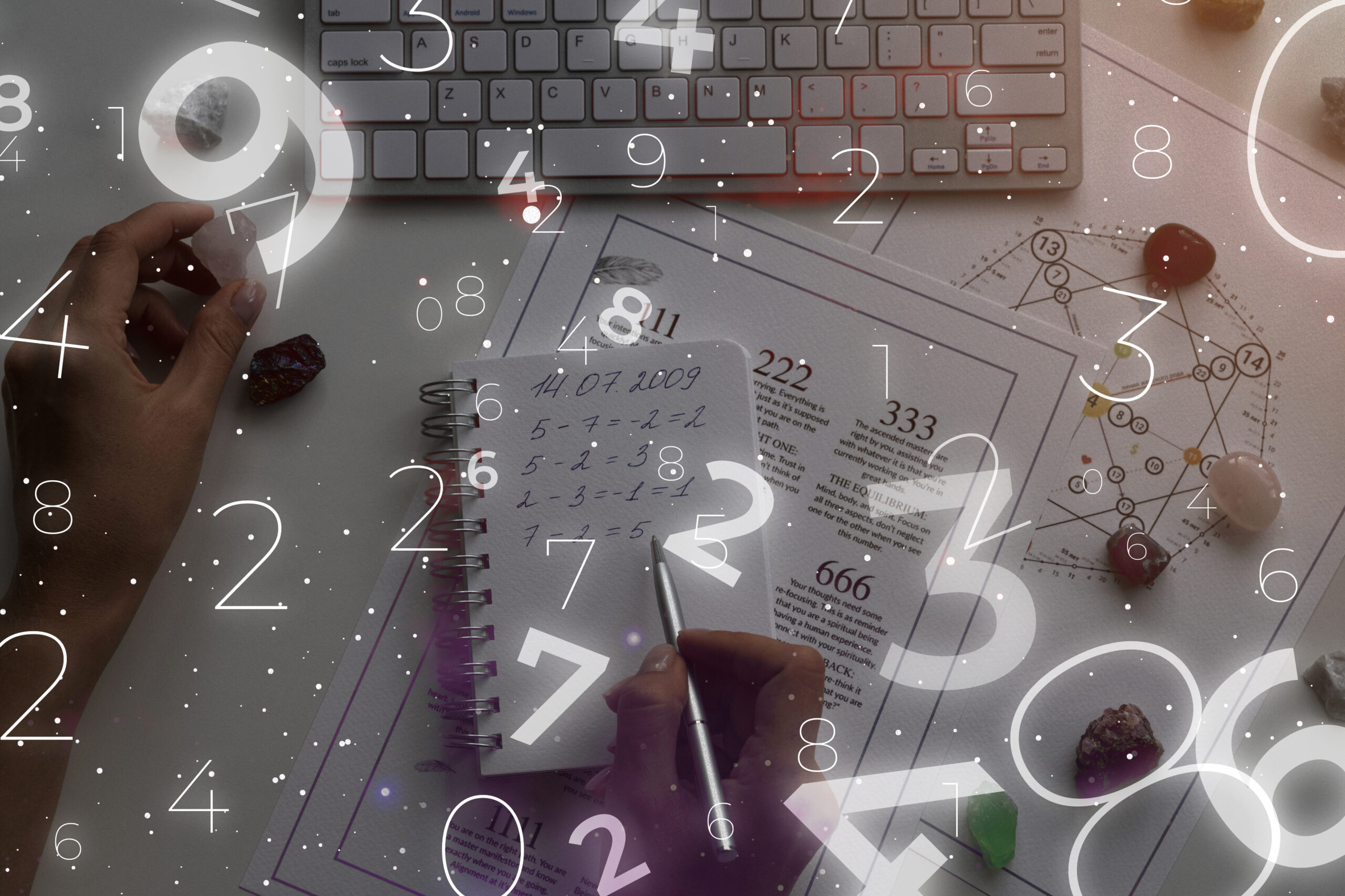

Prime numbers, those enigmatic digits that have perplexed mathematicians for centuries, hold a special place in the world of mathematics. They are the building blocks of number theory, and their allure lies not only in their simplicity but also in their profound complexity. In this mathematical odyssey, we will embark on a journey to unravel the secrets of prime numbers, exploring their history, properties, and profound importance in the realm of mathematics and beyond.
The Genesis of Prime Numbers
Prime numbers are natural numbers greater than 1 that are divisible by only 1 and themselves. This deceptively simple definition conceals the deep mysteries that primes hold. The concept of prime numbers dates back to ancient civilizations. The ancient Greeks, particularly Euclid, provided some of the earliest known proofs about primes. Euclid’s famous proof showed that there are infinitely many prime numbers, a result that still astonishes mathematicians today.
The Enigmatic Distribution of Primes
As we delve deeper into the world of prime numbers, we encounter the Riemann Hypothesis, one of the most famous unsolved problems in mathematics. Proposed by the German mathematician Bernhard Riemann in the 19th century, this conjecture relates the distribution of prime numbers to the behavior of a complex function. The Riemann Hypothesis is a prime example of how prime numbers continue to baffle and intrigue mathematicians, as its proof or disproof could have profound implications for number theory and cryptography.
Prime Numbers in the Digital Age
Prime numbers are not merely an abstract curiosity of mathematics; they have tangible applications in the digital age. In the realm of computer science, they are the backbone of modern encryption algorithms, ensuring the security of online transactions, communications, and data protection. Understanding the properties of prime numbers is crucial for developing robust encryption methods that safeguard sensitive information.
The Prime Factorization Puzzle
The fundamental theorem of arithmetic states that every positive integer can be expressed uniquely as a product of prime numbers, a concept known as prime factorization. This theorem forms the basis for many mathematical algorithms and has applications in fields as diverse as cryptography, number theory, and coding theory. Prime factorization remains a mathematical puzzle with its own set of challenges, including the development of efficient algorithms for factorization, which have both practical and theoretical implications.
Prime Numbers in Nature
Prime numbers have also found their way into the natural world. In botany, the study of phyllotaxis reveals patterns in the arrangement of leaves on plants that often involve Fibonacci numbers, which have connections to prime numbers. In biology, prime numbers are implicated in the periodicity of cicada life cycles. Their occurrence in nature, seemingly unrelated to mathematics, continues to mystify and pique the curiosity of scientists.
The Goldbach Conjecture and Twin Primes
One of the oldest unsolved problems in number theory is the Goldbach Conjecture, proposed by the German mathematician Christian Goldbach in the 18th century. It posits that every even integer greater than 2 can be expressed as the sum of two prime numbers. While this conjecture remains unproven, it serves as a testament to the enduring fascination with prime numbers. Similarly, the conjecture regarding twin primes, pairs of primes differing by 2, remains unsolved but captivates mathematicians due to its apparent simplicity and elusiveness.
Prime Numbers and the Search for Extraterrestrial Intelligence
In a quest that transcends mathematics, prime numbers have even played a role in the search for extraterrestrial intelligence. The Arecibo Message, a binary-encoded message sent into space in 1974, used prime numbers to convey information about Earth to potential extraterrestrial recipients. This imaginative application of prime numbers highlights their universal appeal and their potential significance beyond our planet.
Prime Numbers in Popular Culture
Prime numbers have also made their mark in popular culture. Novels like “The Curious Incident of the Dog in the Night-Time” by Mark Haddon and movies like “A Beautiful Mind” featuring John Nash have brought prime numbers into the mainstream, making them more accessible and relatable to the general public.
The Everlasting Mystique of Primes
In conclusion, prime numbers continue to be a source of fascination, mystery, and inspiration for mathematicians, scientists, and enthusiasts alike. From their ancient origins to their modern applications in encryption and beyond, prime numbers have an enduring presence in mathematics and the wider world. As we continue our mathematical odyssey, we are reminded that the secrets of prime numbers are far from fully unraveled, and their allure will continue to beckon future generations of mathematicians to explore their hidden depths.
Prime Number Sieves
In their quest to understand prime numbers better, mathematicians have devised various sieves to identify prime numbers efficiently. One of the most famous sieves is the Sieve of Eratosthenes, attributed to the ancient Greek mathematician Eratosthenes. This algorithm systematically eliminates multiples of prime numbers, leaving behind a list of prime numbers. The Sieve of Eratosthenes remains a valuable tool for finding small prime numbers.
The Prime Number Theorem
In the 19th century, mathematicians Pierre-Simon Laplace and Adrien-Marie Legendre made significant contributions to the understanding of prime numbers. However, it was the work of mathematicians like Jacques Hadamard and Charles de la Vallée-Poussin that culminated in the Prime Number Theorem. This theorem provides an estimate for the distribution of prime numbers, revealing their density among all natural numbers. It states that the number of primes less than or equal to a given number n is approximately n divided by the natural logarithm of n. The Prime Number Theorem has had a profound impact on the study of prime numbers and has led to the development of more advanced results in number theory.
Prime Numbers in Cryptography
The role of prime numbers in modern cryptography cannot be overstated. RSA encryption, one of the most widely used cryptographic systems, relies on the difficulty of factoring the product of two large prime numbers. This factoring challenge forms the basis of the system’s security. As technology advances, the need for larger and larger prime numbers in encryption becomes paramount, driving research in prime number generation and primality testing.
The Unsolved Problems of Prime Numbers
Prime numbers continue to pose intriguing unsolved problems. One such problem is the existence of infinitely many prime pairs with a fixed gap, known as the Twin Prime Conjecture. Another famous conjecture is the Riemann Hypothesis, which relates the distribution of prime numbers to the behavior of the Riemann zeta function. Proving or disproving these conjectures remains a significant challenge in contemporary mathematics.
Prime Numbers in Art and Music
Prime numbers have inspired artists and composers. In the realm of the visual arts, artists like Wassily Kandinsky and Piet Mondrian have incorporated prime numbers and mathematical concepts into their works. In music, composers such as Olivier Messiaen and Iannis Xenakis have used prime numbers to structure their compositions, creating unique and avant-garde musical experiences.
The Role of Prime Numbers in Pseudorandom Number Generation
Prime numbers are also fundamental in the generation of pseudorandom numbers. Pseudorandom numbers are used in computer simulations, games, and cryptography. Prime numbers can be employed to create pseudorandom sequences that exhibit desirable statistical properties, ensuring that the generated numbers mimic true randomness as closely as possible.
Prime Numbers in Competitive Programming
Competitive programming, a sport of coding, often features problems that involve prime numbers. Participants in competitive programming contests use prime number algorithms to solve complex mathematical and algorithmic challenges. This practical application of prime numbers highlights their relevance in computer science and problem-solving.
Prime Numbers in Physics
In theoretical physics, prime numbers have been found in surprising places. For instance, the energy levels of certain quantum systems have been linked to prime numbers, providing a connection between the abstract realm of number theory and the physical world.
Prime Numbers as Inspiration for Mathematics Education
Prime numbers serve as a captivating entry point into mathematics education. They provide an accessible way to introduce concepts such as divisibility, factors, and multiples to students, igniting their interest in mathematics from an early age.
In essence, prime numbers remain a source of wonder and curiosity across various domains of human knowledge. They continue to drive mathematical research, secure our digital world, inspire art and music, and leave their mark on countless aspects of our lives. As we continue to explore the secrets of prime numbers, we are reminded that the quest to understand them is not only a mathematical journey but also a testament to human ingenuity and the enduring allure of the unknown.